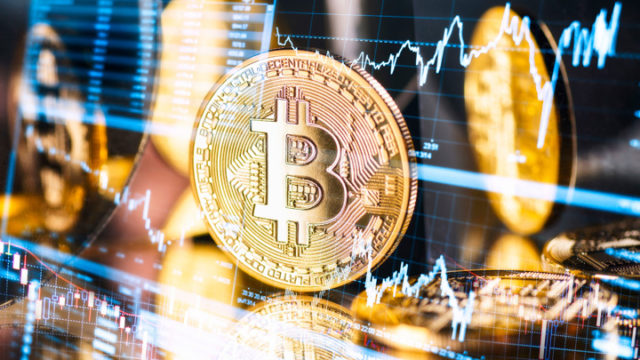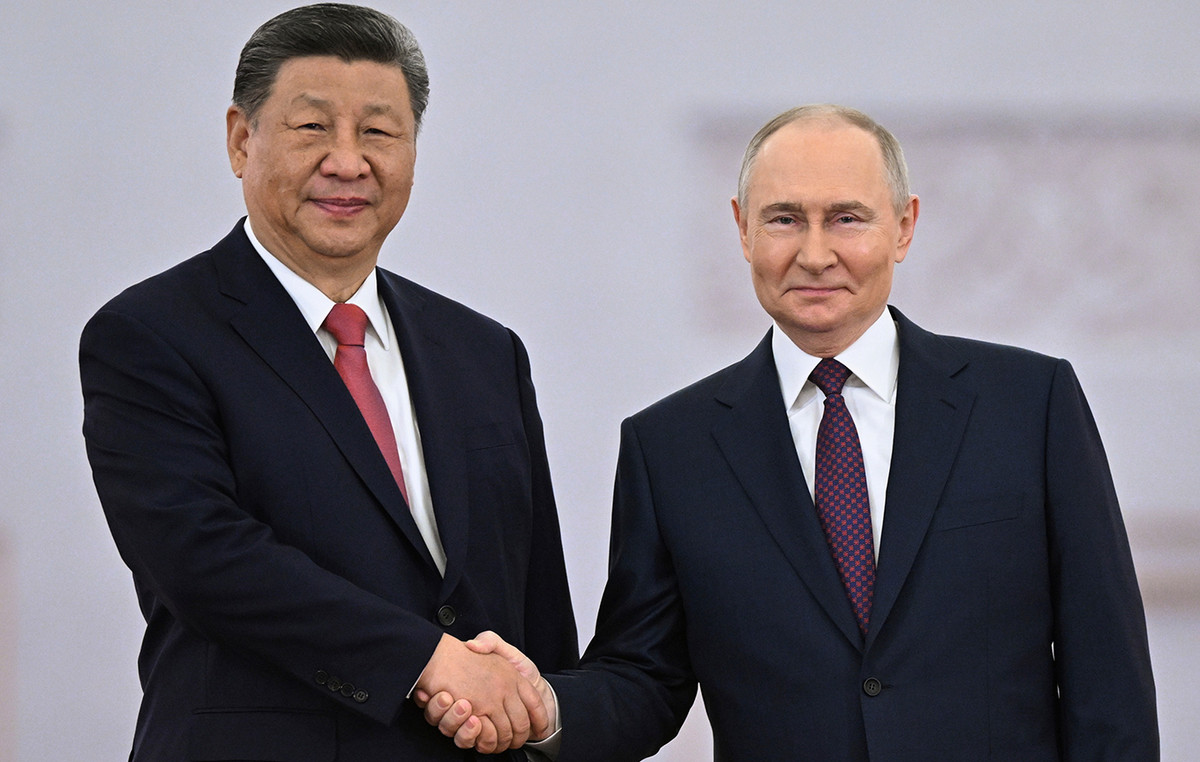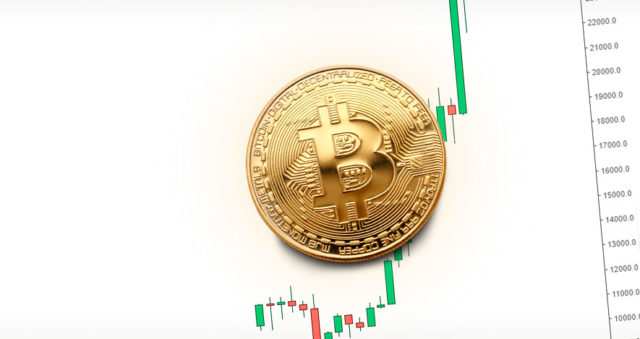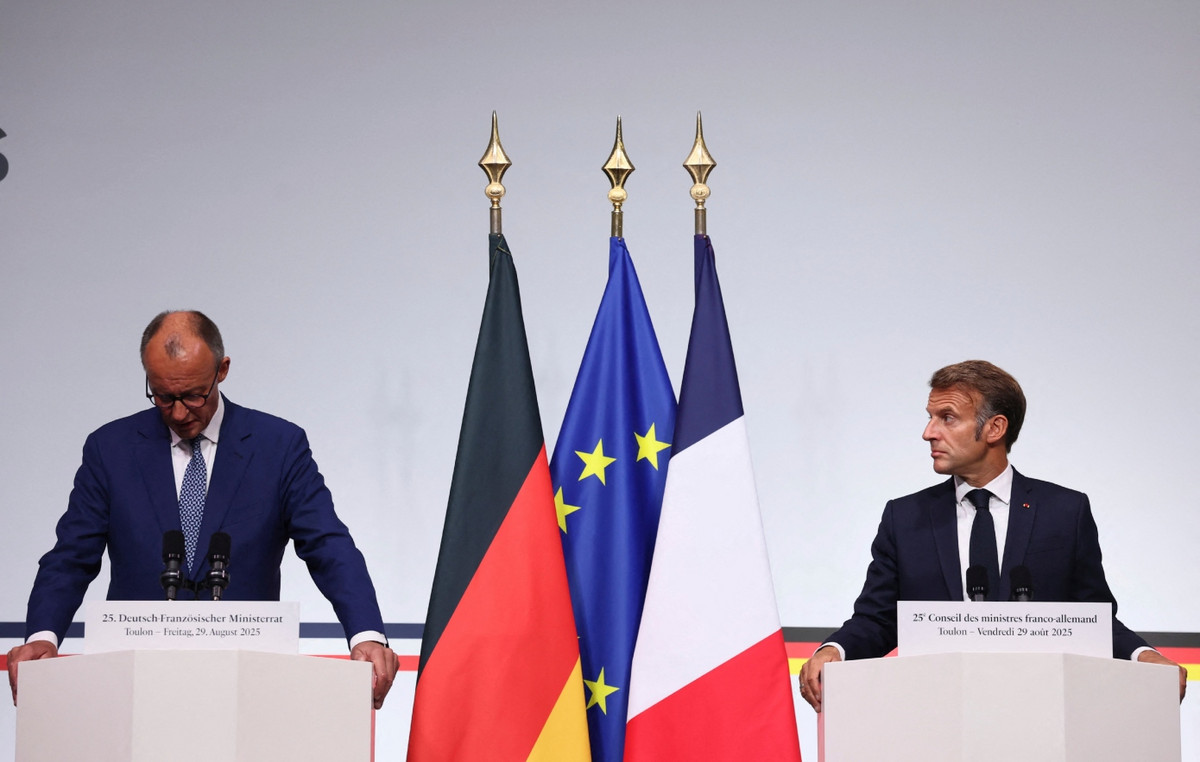- The DXY is trading neutrally around the 103.80 level, with slight daily changes.
- US durable goods and confidence data were weaker than expected.
- The Federal Reserve maintains an aggressive stance that is reflected in its reluctance to cut rates, which could limit falls.
He US Dollar Index (DXY) It is currently trading neutrally near 103.80. The Federal Reserve (Fed) has been cautious about cutting rates precipitously, decreasing the likelihood of such cuts in March, while the odds in May have dropped to around twenty%. On the data front, weak mid-level data reported during the European session is pushing the Dollar lower.
If the US economy continues to show weakness, markets could readjust their expectations, but for now, the Fed will most likely start cutting in June, which appears to provide support for the dollar. January Personal Consumption Expenditure (PCE) figures and fourth quarter Gross Domestic Product (GDP) revisions could change these bets.
Daily summary of market movements: The dollar offers a weak profile as the US economy begins to show some cracks
- The Conference Board's February Consumer Confidence Index fell below expectations, with a result of 106.7 versus the expected 115.
- Durable goods orders in the US fell 6.1% in January, much more than the 4.5% expected.
- According to CME's FedWatch tool, the Federal Reserve's reluctance to cut rates prematurely has changed market sentiment. The probabilities of reduction for March have dropped to zero, and those for May, to 20%. For now, easing will most likely begin in June.
- Should PCE and GDP data come in softer than expected, the odds could shift in favor of dovish rhetoric weighing on the US Dollar.
The technical situation, as indicated by the daily chart, shows gradually decreasing buying momentum. This is seen in the Relative Strength Index (RSI) which remains lukewarm in negative territory, suggesting the possible emergence of selling pressure. The appearance of ascending red bars on the moving average convergence divergence (MACD), an indicator of bearish momentum, confirms this outlook.
However, the situation of the index with respect to the simple moving averages (SMA) presents a somewhat mixed picture. The DXY remains below the 20-day and 100-day SMA, indicating a possible short-term bearish bias, but its positioning above the 200-day SMA could imply underlying bullish strength.
Additionally, evidence that bears are gaining ground could amplify selling pressure. Therefore, in the short term, it could be suggested that selling momentum is currently dominating. However, this does not completely overshadow the overall trend, which continues to show some degree of bullish resistance in the DXY.
US Dollar FAQ
What is the US Dollar?
The United States Dollar (USD) is the official currency of the United States of America, and the “de facto” currency of a significant number of other countries where it is in circulation alongside local banknotes. According to 2022 data, it is the most traded currency in the world, with more than 88% of all global currency exchange operations, equivalent to an average of $6.6 trillion in daily transactions.
After World War II, the USD took over from the pound sterling as the world's reserve currency.
How do the decisions of the Federal Reserve affect the Dollar?
The single most important factor influencing the value of the US Dollar is monetary policy, which is determined by the Federal Reserve (Fed). The Fed has two mandates: achieve price stability (control inflation) and promote full employment. Your main tool to achieve these two objectives is to adjust interest rates.
When prices rise too quickly and inflation exceeds the 2% target set by the Fed, the Fed raises rates, which favors the price of the dollar. When Inflation falls below 2% or the unemployment rate is too high, the Fed can lower interest rates, which weighs on the Dollar.
What is Quantitative Easing and how does it influence the Dollar?
In extreme situations, the Federal Reserve can also print more dollars and enact quantitative easing (QE). QE is the process by which the Fed substantially increases the flow of credit into a clogged financial system. This is an unconventional policy measure used when credit has dried up because banks do not lend to each other (for fear of counterparty default). It is a last resort when a simple lowering of interest rates is unlikely to achieve the necessary result. It was the Fed's weapon of choice to combat the credit crunch that occurred during the Great Financial Crisis of 2008. It involves the Fed printing more dollars and using them to buy US government bonds, primarily from financial institutions. QE usually leads to a weakening of the US Dollar.
What is quantitative tightening and how does it influence the US dollar?
Quantitative tightening (QT) is the reverse process by which the Federal Reserve stops purchasing bonds from financial institutions and does not reinvest the principal of maturing portfolio securities in new purchases. It is usually positive for the US dollar.
Source: Fx Street
I am Joshua Winder, a senior-level journalist and editor at World Stock Market. I specialize in covering news related to the stock market and economic trends. With more than 8 years of experience in this field, I have become an expert in financial reporting.







